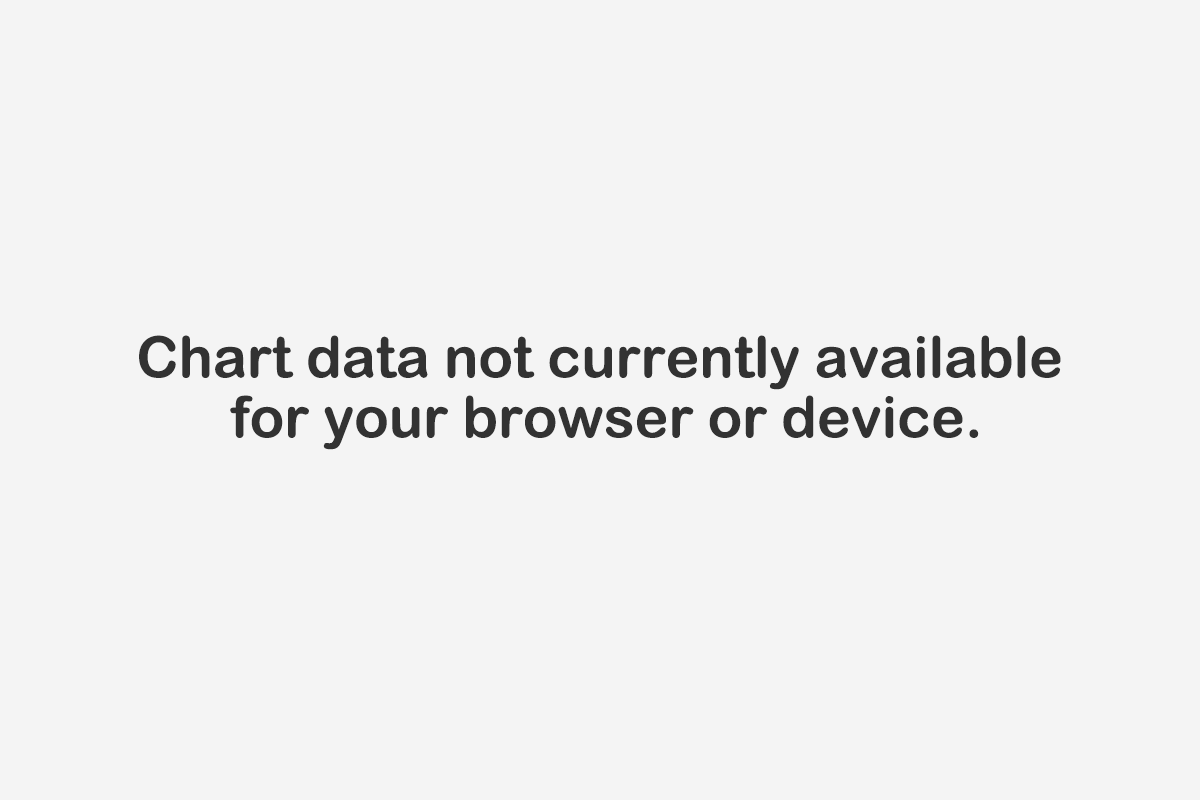The construction sector continues to be a major player in insolvency statistics, accounting for 16% of all insolvencies in September 2024. With 350 construction companies declaring insolvency, the ongoing struggles of this sector highlight the persistent challenges it faces.
Most notably, London-based construction giant ISG entered insolvency on September 19, resulting in its UK operations ceasing trading with “immediate effect” and the loss of 2,200 jobs. The collapse of ISG has reignited calls for reform within the construction industry, as experts emphasise the need for systemic changes to address its vulnerabilities, demonstrating that even the largest firms are not immune to these pressures.
The Wholesale and Retail and Accommodation and Food Services sectors continue to see stubbornly high insolvency rates. In September 2024, these sectors saw 350 and 282 companies enter insolvency, respectively. Together, they represent 28% of all insolvencies for the month, underscoring their vulnerability amidst ongoing economic pressures.
